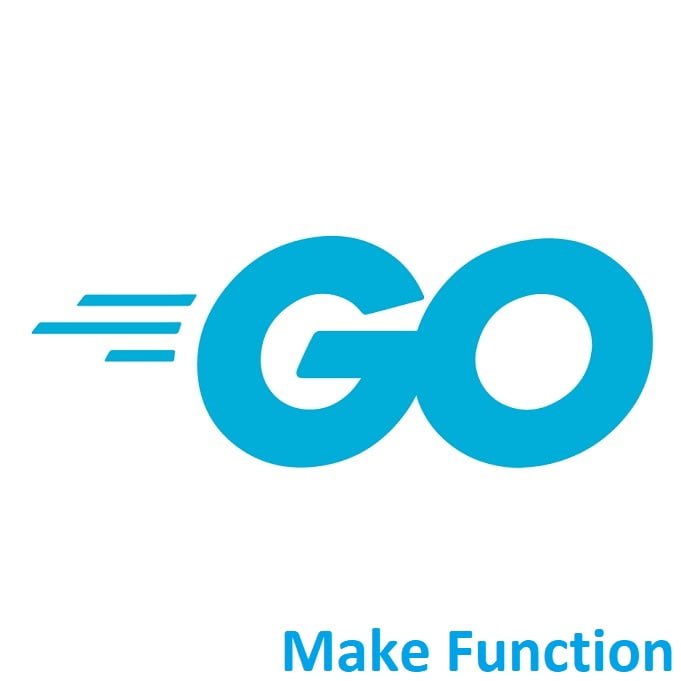
Understanding the Make Function for Dynamic Data Structure Initialization!
Welcome to the world of Golang! The make function is used to create slices, maps, and channels. It is a built-in function that allocates and initializes these composite data types. The make function has different syntax depending on the type you’re creating.
Here’s how you use the make function for slices, maps, and channels:
Creating a Slice using make:
The syntax for creating a slice using the make function is:
slice := make([]ElementType, length, capacity)
ElementType: The type of elements the slice will hold.length: The initial length of the slice.capacity: The capacity of the underlying array (optional).
slice := make([]int, 0, 10) // Creates an empty slice with capacity for 10 elements.
Full Code Example:
package main
import "fmt"
func main() {
// Create an empty integer slice with capacity for 5 elements.
numbers := make([]int, 0, 5)
// Append elements to the slice.
numbers = append(numbers, 1)
numbers = append(numbers, 2)
numbers = append(numbers, 3)
fmt.Println("Slice:", numbers)
fmt.Println("Length:", len(numbers))
fmt.Println("Capacity:", cap(numbers))
}
Creating a Map using make:
The syntax for creating a map using the make function is:
m := make(map[KeyType]ValueType)
KeyType: The type of keys for the map.ValueType: The type of values the map will hold.
ages := make(map[string]int) // Creates an empty map to store ages with string keys and int values.
Full Code Example:
package main
import "fmt"
func main() {
// Create an empty map with string keys and int values.
ages := make(map[string]int)
// Add entries to the map.
ages["Alice"] = 30
ages["Bob"] = 28
ages["Eve"] = 25
fmt.Println("Ages:", ages)
fmt.Println("Alice's Age:", ages["Alice"])
fmt.Println("Number of Entries:", len(ages))
}
Creating a Channel using make:
The syntax for creating a channel using the make function is:
ch := make(chan ElementType)
ElementType: The type of data the channel will carry.
messages := make(chan string) // Creates a string channel to pass messages.
Full Code Example:
package main
import (
"fmt"
"time"
)
func main() {
// Create a string channel.
messages := make(chan string)
// Start a goroutine to send messages to the channel.
go func() {
messages <- "Hello"
messages <- "World"
close(messages)
}()
// Receive and print messages from the channel.
for msg := range messages {
fmt.Println("Received:", msg)
}
}
In these examples, you can see how the make function is used to create slices, maps, and channels, and then how these data structures are used to store and manipulate data. Remember that the make function is specifically designed for these types in Go and ensures that they are properly initialized and ready for use.
Remember that make is primarily used for creating slices, maps, and channels because these types require internal initialization beyond just allocating memory. For other types like arrays or basic variables, you typically don’t use the make function.
It’s also important to note that make returns a properly initialized instance of the specified type, and it should be used when you need to work with dynamically sized structures.
Conclusion
make is primarily used for creating slices, maps, and channels because these types require internal initialization beyond just allocating memory. For other types like arrays or basic variables, you typically don’t use the make function.
It’s also important to note that make returns a properly initialized instance of the specified type, and it should be used when you need to work with dynamically sized structures.
That’s All Folks!
You can find all of our Golang guides here: A Comprehensive Guide to Golang





